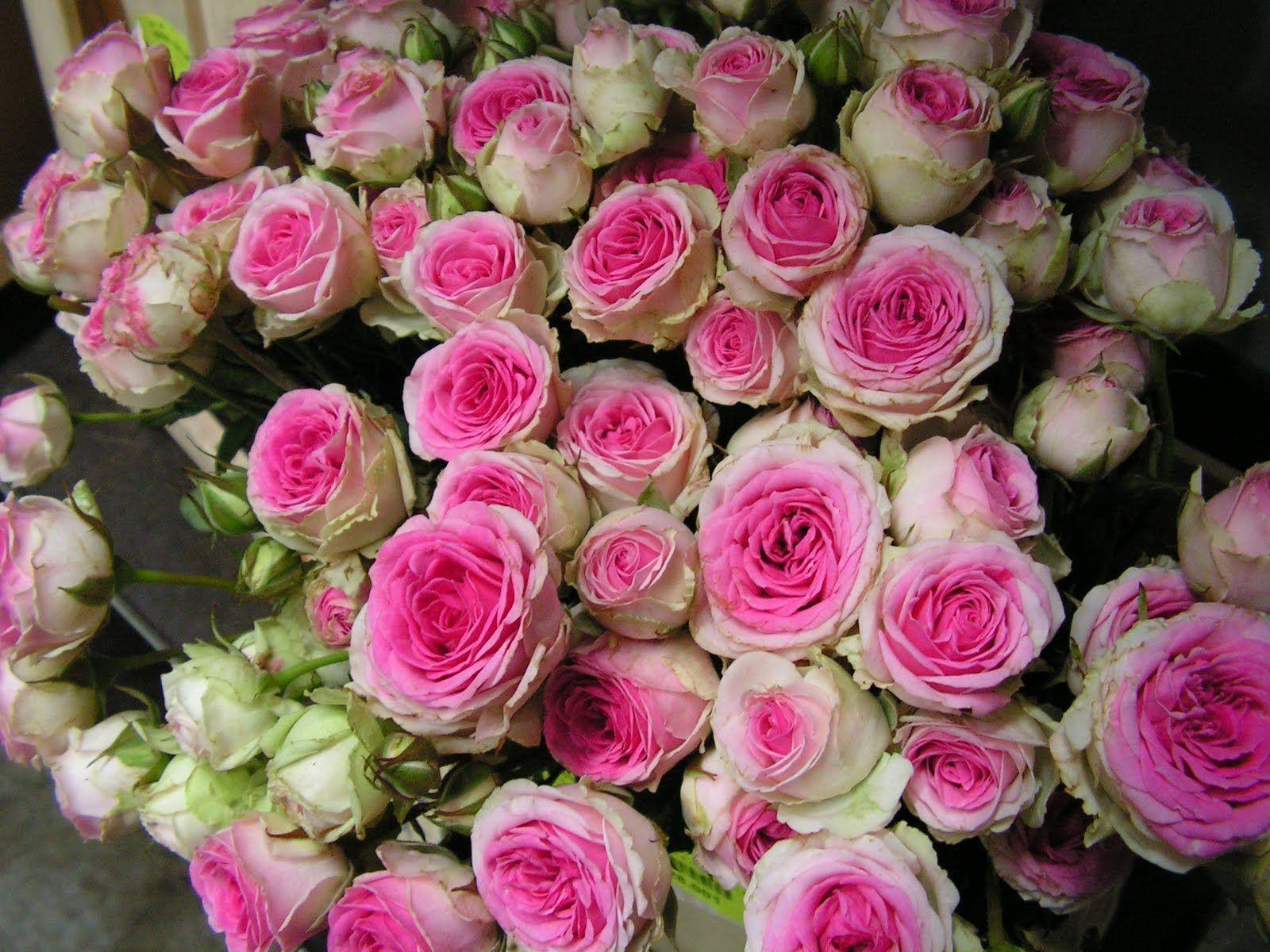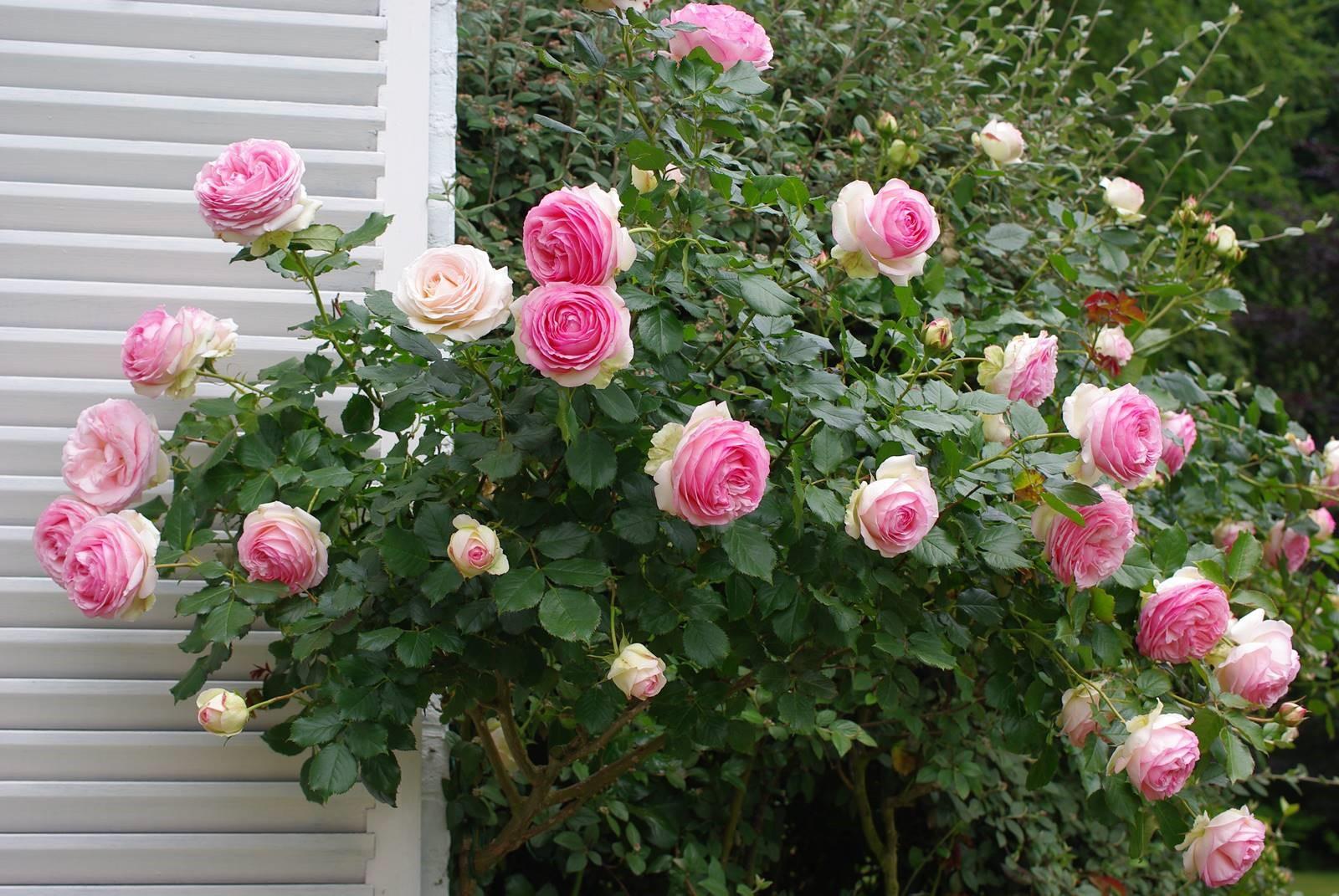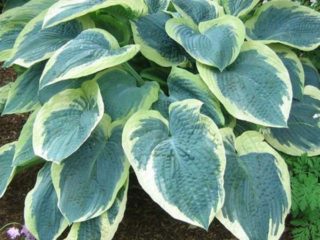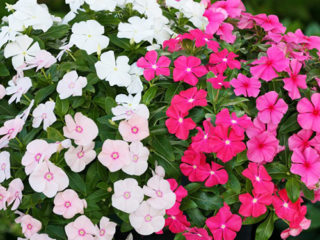Content
Rose is a favorite crop of many gardeners. Breeders have managed to develop dozens of different varieties, differing in shades, size of thorns, duration of flowering, size and many other factors. One of these plants turned out to be the Mimi Eden rose, the cultivation of which will be discussed in this article.
Origin story
The variety was created by Meilland. He does not have a specific originator, since several botanists were involved in breeding. The rose is descended from the floribunda group, which resulted from a cross with the polyantha variety in the 1900s. Mimi Eden translates as “volumetric flowering”, which well describes its feature.

Problems with the appearance of Mimi Eden roses can arise due to the abundance of ultraviolet radiation, lack of fertilizing and frequent watering
The culture was developed in France in 2001. Thanks to its interesting aroma, combining ripe grapes and hibiscus, the plant has spread throughout gardens, parks and private homes.
Description and characteristics of the rose Mimi Eden
Rose Mimi Eden is a type of spray flower. The stems of the rose are small in height - no more than 65 cm.They are dark green in color and have virtually no spines. Instead, there are long leaves on the sides of Mimi Eden. They are quite soft, the outside is glossy.
Flowering of Mimi Eden begins in July and lasts until September-October. Up to 12 buds are formed on one peduncle, which open one by one. The inflorescences are two-colored and spherical in shape. The middle part is pale pink, the outer part is creamy. The flower is small in size, reaching about four cm in diameter.
Mimi Eden is a terry variety. The leaves have a “toothed” edge. The green mass is very abundant. One rose bush can grow up to 45 leaves. At the beginning of flowering, the buds have a gray-pink color, which darkens closer to the onset of cold weather. Some gardeners manage to grow roses of different shades in one area. The saturation of the flower depends on the fertility of the soil and the nature of the lighting. In areas accessible to sunlight, the petals turn white. The flowers emit a strong but pleasant aroma.

Mimi Eden roses are used as an alternative to large bushes and are often planted in flower beds
The culture has average frost resistance and can withstand temperatures down to -23 °C. During the cold season, the color does not change. It is interesting that the flower does not reveal the core even when open.
Mimi Eden flowers fall off entirely, and not in petals, like most types of roses. The caps of inflorescences have unique decorative properties, which is why they are used by designers to improve public and private areas.
Mimi Eden has a semi-spreading bush shape, reaching no more than 1 meter in width. Roses are used for indoor cultivation in containers, planted in flower beds, and zoned in gardens.They have average shade tolerance; for better growth, experts recommend planting the plant on the east side. The variety has good immunity and rarely gets sick. Prefers fertile soil with little drainage.
Advantages and disadvantages
Mimi Eden has a pleasant aroma reminiscent of grapes. In addition, it does well in temperate climates. In hot climates, flowers will delight the eye for 3-4 months.

In cold areas, Mimi Eden may not bloom for as long, only about a month
Pros:
- requires almost no maintenance;
- good immunity;
- decorativeness;
- resistance to precipitation;
- flowering duration.
Minuses:
- not suitable for breeding in the northern regions of Russia;
- In the sun, the petals lose their pink color and become pure white.
Features of cultivation
Mimi Eden prefers slightly moist soil with medium acidity. It is preferable to place it in partial shade so that the crop does not lose its color and is protected from the wind by shelter (fence, bushes, other trees).
Landing is carried out as follows:
- The roots are soaked in clean water for 4-5 hours.
- Remove painful, rotten areas.
- Dig a hole slightly wider than the root system; the depth should be at least half a meter.
- Add river sand or small stones to the bottom to form drainage.
- Mix manure, turf, sand and peat into the pit.
- Plant the plant and water it abundantly.
After this, roses need care. It consists of rare watering, adding fertilizing, and weeding. One Mimi Eden bush requires no more than 8 liters of liquid; the soil is moistened approximately once a week. Mineral fertilizers are used as additives. Feed twice a year - in early spring and mid-summer.
If the winter is expected to have little snow, it is necessary to build a shelter for the rose. It is enough to cover it with peat, leaving an air cushion between the shoots. This will prevent the processes of decay from being provoked.

Roses Mimi Eden are an improved version of the floribunda group
In the spring, preventative pruning is carried out. It is not necessary to give a decorative shape, since Mimi Eden will do it herself. Due to its splendor, the variety is included in wedding bouquets. For this purpose, roses are grown in special gardens.
Reproduction methods
Roses can be propagated by cuttings, grafting, layering and seeds. The latter method is rarely practiced, since growth in this case will be slow. In addition, the young sprout is susceptible to diseases and requires special attention.
Mimi Eden is usually propagated by cuttings. As soon as the shoots begin to harden, planting material is prepared. In order for the lower cut to form a root faster, it is treated with a growth stimulator. After this, the young rose is placed in a nutrient substrate and covered with a plastic bottle or film.
Diseases and pests
Mimi Eden is resistant to diseases and insect attacks. In unfavorable conditions (lack/excess of moisture, constant exposure to shade, poor or highly acidic soil, etc.) immunity weakens. This becomes a prerequisite for the occurrence of powdery plaque. An equally common disease is black spotting.
To cure the plant, it is necessary to treat the soil with Bordeaux mixture, as well as add potassium and phosphorus.Roses do not like high humidity; frequent watering can cause powdery mildew.

You can make very lush bouquets from Mimi Eden inflorescences, but they are quite expensive
Not only gardeners, but also ticks and cicadas stare at roses. Parasites can eat all the leaves, making the variety more vulnerable to disease. For prevention, the green mass is treated with homemade soap; experts also recommend the Actellik product. However, these methods will not work against aphids; they are fought with a decoction of wormwood. If no action is taken, the insect will quickly multiply and attack neighboring plants, and not just Mimi Eden.
Wormwood works well against ants. If the pests are resistant, insecticides are used. Anthills located on the site are removed. Mimi Eden can become food for the leaf roller. The insect feasts on young shoots and buds. For protection, treat with an insecticide.
Application in landscape design
Roses were a frequent decoration of the gardens of aristocrats. Mimi Eden is used to decorate gazebos, fences, and borders. With its help, zoning of various areas is carried out. For cultivation along paths, botanists recommend growing the crop in containers. The variety is used for beautifying gardens, alleys, cottages and parks.

With the help of Mimi Eden you can improve the appearance of any building
Due to their abundant flowering, roses can be planted individually or in a group. The culture gets along well with iris and poppy. Florists use it to create bouquets, and the emphasis is often on this variety.
Conclusion
Rose Mimi Eden is a noble plant with unique decorative properties. The variety requires almost no care, frequent watering and fertilizers.In summer, the owner will be able to enjoy the pleasant appearance and aroma of flowers.
Reviews from gardeners about the climbing rose Mimi Eden








